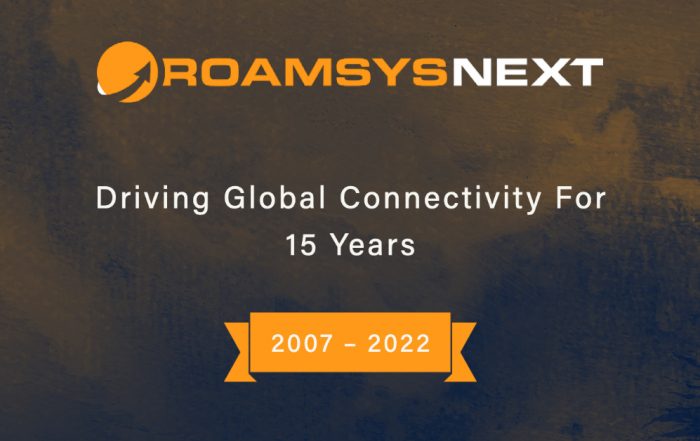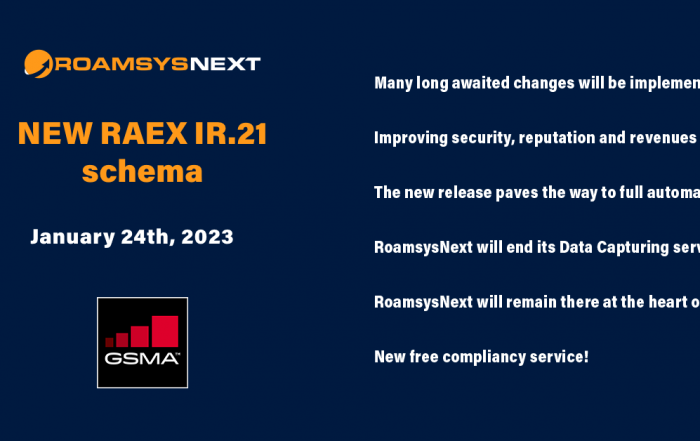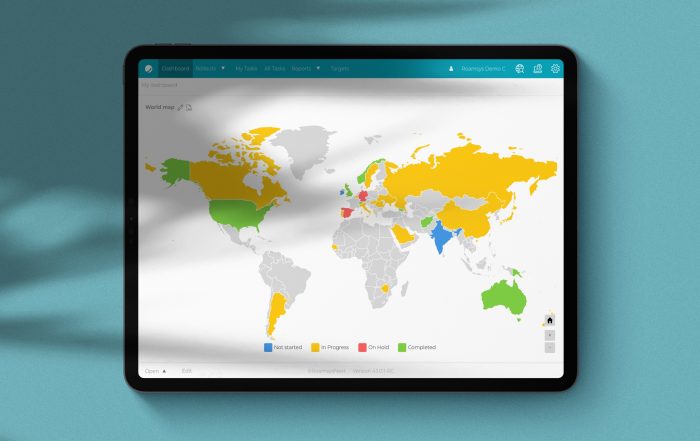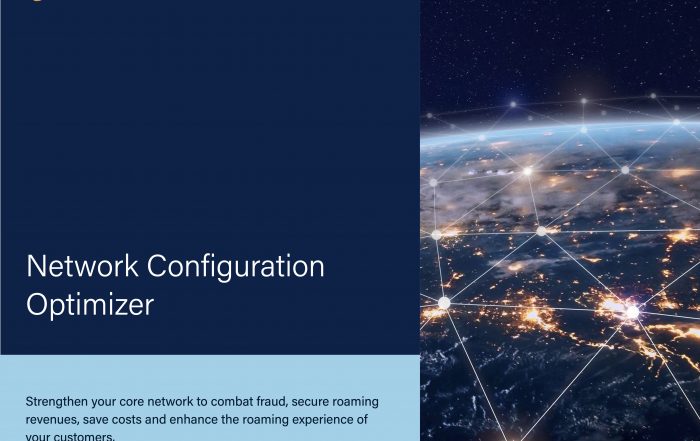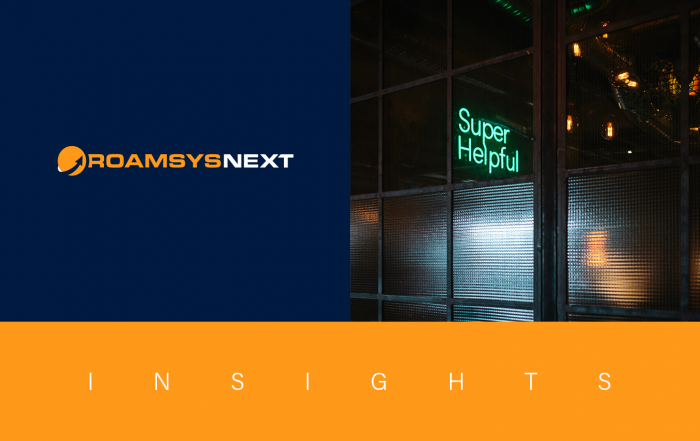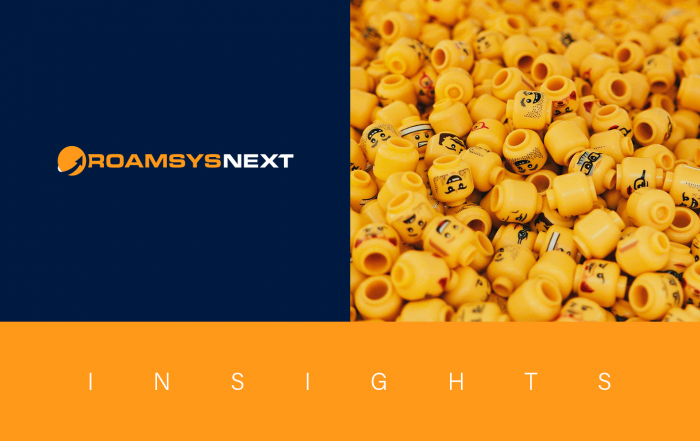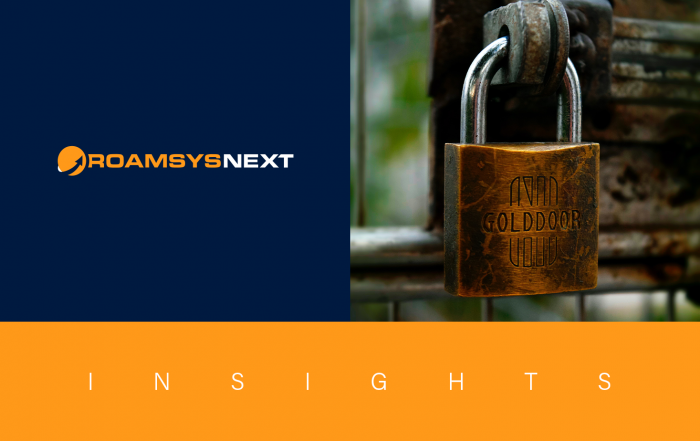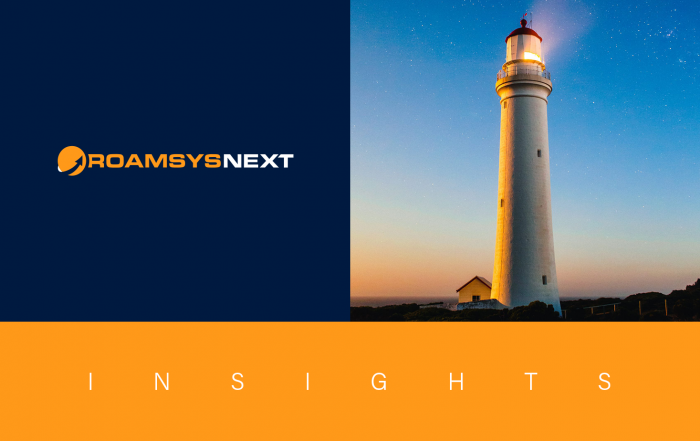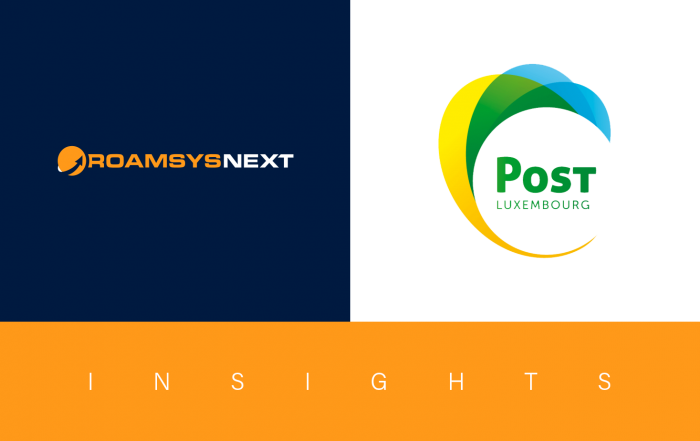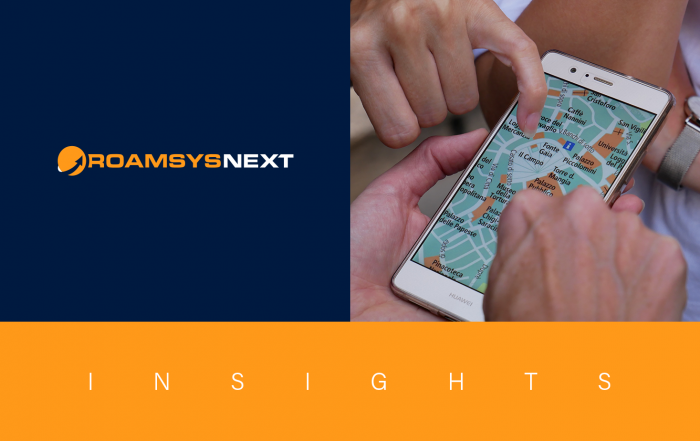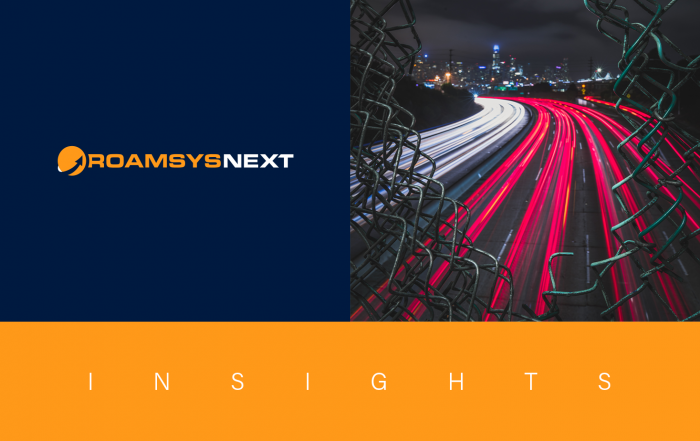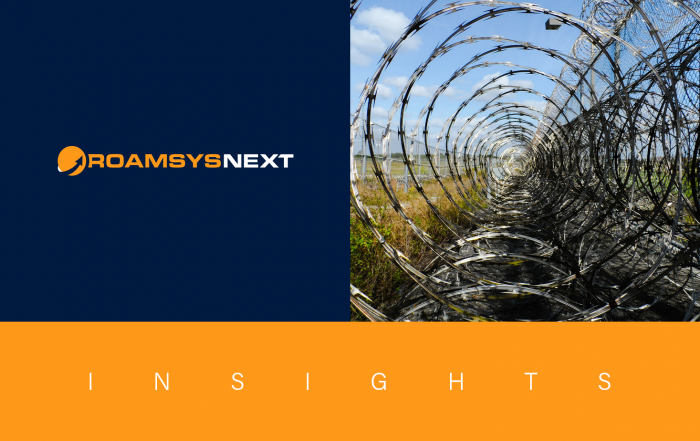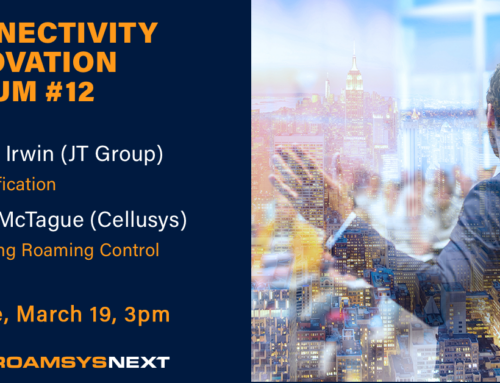
Gabriele Lieser
CUSTOMER SUCCESS MANAGER
Summary
As the COVID-19 quick-and-urgent action stage is gone, infection protection makes the majority of employees stay at home and work from there. As smart as these measures are, the level of cyber security at home is generally not as high as in the corporate network. Starting with transferring sensitive data or conducting confidential conversations online, literally all activities are carried out in virtual space. This opens many opportunities for cybercriminals to steal passwords and corporate information that can later be used for fraud and blackmail. Due to the broad introduction of remote working, businesses need to rethink their current cyber security measures and consider how they need to be adapted or further developed.
With a high level of professionalization cyber criminals attack lucrative targets across all industries. Government agencies and research labs, where working from home has never been an option, are targeted, and also universities, clinics and medical practices, market-listed companies and corporations, retailers and mid-sized businesses. The risk is particularly high for small companies because a cyber-attack can quickly threaten their economic existence.

In RoamsysNext Insights our experts share their views on extensive industry topics and possible solutions we can offer.
While working from home, the gates of opportunity are often opened by communication with the company network via private and rudimentary protected internet connections. Wherever company computers are not available, no professional data should be sent or shared via private software. Also, the isolated and fragile situation of home office workers makes it easy for fraudsters to steal data using phishing emails, fake websites and booby-trapped mobile applications.
This can be done right away
Luckily, there are a number of ways to make the working environment at home safe. It is a no-brainer to activate password protection of your PC or laptop, and also to lock the screen while away. Switch off voice-controlled devices (e.g. Alexa or Siri) while working. Use a webcam cover when the webcam is not in use. Keep your software up to date. Activate the virus scanner and keep the antivirus software up to date. Check whether the firewall integrated in your operating system is activated. Encrypt portable IT systems and data media.

Hygiene also with passwords
Use a different and secure password for each account. Complex passwords can already fend off a large part of threat vectors. Nowadays, security experts recommend complex passwords that consist of a long string of numbers, upper and lower-case letters and special characters. A complex ten-character password, for example, is hard to brute force and will take years to crack.
Protect your router and your WLAN against unauthorized access and keep its software up to date. Wherever possible, activate 2FA (two-factor authentication), and you contribute to a safe working environment and at the same time to a good balance between security and usability. This means for RoamsysNext solutions that once 2FA is enabled, users keep their usual password, but they will install a dedicated authentication app on a mobile device. Common authenticator apps are Google Authenticator or LastPass Authenticator. Then the settings of the Launchpad need to be opened, click “Settings > Account Security”, enable “App authentication” and enter the given code in the app. With the next login the user is asked to insert a code from the authenticator app, and that’s it.
For secure remote access always use a VPN (Virtual Private Network). Since not all VPNs are set up in the same way, more secure options such as L2TP (Layer 2 Tunneling Protocol) with IPSec (Internet Protocol security) also exist. Another common option is to connect via the RDP (Remote Desktop Protocol). Use unencrypted, public WLAN connections (e.g. in a park or train) for business purposes only in combination with activated VPN. If in doubt, connect via the mobile network or via your smartphone as a hotspot (LTE). Ideally, you should always store data on the central systems of your institution and not locally. If you still want or need to store data locally, make regular backups of the data. Store unused devices safely and protect them from unauthorized access.
The vigilant stay safe
Do not open attachments and links in e-mails from unknown senders. Pay attention to discrepancies even in e-mails from supposedly trustworthy senders. It can also be useful to perform dynamic scanning of incoming e-mail attachments within a sandbox. Attempts by “CEO-fraud” succeed when the fraudster pretends to be a superior and asks you to disclose sensitive information. Verify potentially critical requests, e.g. by a callback.

Make value-driven decisions
And how about the actual tools that are used to get your work at home done? As our loyal customers know, RoamsysNext’s main concern is to help MNOs create a perfect environment for their employees so they can work with the right tools and handle sensitive information on roaming partners correctly and efficiently. And of course, the overarching requirement to any tool is a positive ROI (return on investment).
There is good news: with our tools, our customers already generate additional roaming revenue that exceeds the expenditures. The Wholesale Roaming Manager, for example, is a powerful tool that fits the needs of roaming coordinators, commercial teams, operation teams and the management. Business goals can be achieved more easily if more roaming agreements are launched in less time. With this in mind, we created this all-in-one solution to make one central place for all relevant information and documents. With this, you can monitor roaming activity, provide users with the appropriate access permissions, enforce custom password policies and benefit from end-to-end encryption to keep data private.
Cybersecurity is close to our hearts
Some corporations like to keep the lead, so they also connect with the RoamsysNext Network Configuration Optimizer to fully automate IR.21 related processes and improve the communication between different teams. We help with strengthening the user’s core network by spotting missing and incorrect configurations and vulnerabilities by configuring only relevant data to protect SS7 and IP networks. Audits are essential to make sure that the correct configurations are implemented in every network node. They also help to avoid misconfigurations in billing, steering or in online charging databases so that unavailable services or revenue leakage will not occur.
Great accessibility for inbound and outbound roamers creates better quality perception, a better subscriber experience and less contract hoppers. Make room for more subscribers!
RoamsysNext tools already help more than 700 MNOs across the globe; our strength is the creation of effective data management tools with a secure, well-designed system that simplifies the user’s working life significantly. Cybersecurity is really close to our hearts, so we are increasingly keeping an eye on upgrading security aspects. Stay tuned for more advanced developments from the house of RoamsysNext.
Gabriele Lieser joined RoamsysNext in 2020 as Customer Success Manager to strengthen the bonds with our increasing number of customers and to support the marketing team. Gabriele has a strong background in corporate sales. She studied at the Universities of Trier (Germany) and Manitoba (Canada) and is incorporated in the RoamsysNext Client Service team.
“The team is a crucial asset”
It has been an exciting year for RoamsysNext. And as 2023 is coming to an end, we took the opportunity to talk with CEO Michael Grasmück about the past year, the growing team that becomes more and more international, and the comeback of an industry institution.
15 years of RoamsysNext – Driving Global Connectivity
RoamsysNext turns 15, so we talked with CEO Michael Grasmück about the anniversary, the early years, the move to Luxembourg and the future within the fast-developing roaming industry.
The new age of the IR.21 – Be ready for the full automation!
The new RAEX IR.21 schema will be released early 2023 with great changes coming that allow us to revolutionize the way we work with the IR.21 data.
Reporting at a glance: The RoamsysNext Dashboards
The RoamsysNext tools offer many reporting functionalities of which the dasboards play an important role. Learn more about using them in practice to identify bottlenecks, visualize your team's performance and bring a smile to your management's faces.
End-2-End-Automation with Network Configuration Optimizer
The RoamsysNext Network Configuration Optimizer is the perfect solution to make the shift from manual processing to more and more automated processing, with the option to move to full automation. Let's see how it works.
From Roamsys to RoamsysNext
Sixteen months ago, Roamsys relaunched and became RoamsysNext. Time to look back to a year we never expected to happen.
How to Stay Secure
What can MNOs do to stand up to the ever-growing tide of telecom fraud and protect their assets? Stay alert, use great tools, collaborate with other market players, and take the fight to the fraudsters.
Telecom Fraud Hurts
Telecom fraud is a rapidly growing area that has serious effects on national critical infrastructure (civil, healthcare, energy, agriculture...) and wider industrial processes.
The GSMA MISP – How Does it Help?
Malware information sharing and threat intelligence sharing has unbeatable benefits that make any caveats and challenges look small in comparison.
The Experts behind RoamsysNext Insights
RoamsysNext Insights has a growing fan base due to its substantial reports. With a wide variety of great information and exciting insights, they inspire beginners as well as professionals.
How to Treat 2G and 3G Closures without Becoming an Archivist?
As we are entering the era of 5G, legacy networks are in a state of flux and lose significance. This blog is about how the sunsetting of 2G and 3G networks will impact mobile communication.
How to Choose a Signaling Firewall Wisely
In times of global turbulences and increasing fraud attacks the decision for a sophisticated signaling firewall becomes more and more a priority. Some general considerations help to narrow down the choice.
Identity Fraud in Telecom
Identity fraud robs people of their virtual existence; it costs time, money and nerves. But there are countermeasures that help.
How to Tackle the Challenges in Combating Telecom Fraud
Telecom fraud can have dire effects on critical infrastructure and always causes painful loss of revenue. See how the industry's joint efforts tackle the challenges in combating telecom fraud.
Face the Breach: Rehearse an Emergency Before it Happens
In case of a breach, most companies are poorly prepared to take quick action. Have a look at some ideas on how to make the best of a difficult situation and save valuable time.
Working from Home during a Global Pandemic
Due to the broad introduction of remote working, businesses need to rethink their current cyber security measures and consider how they need to be adapted or further developed.
The Future of Roaming Trainings – An interview with Milja Hofman, CEO Roamingwise
Roamingwise is a well-known provider of roaming trainings, seminars and consultancy in a variety of international roaming topics. In our interview, CEO Milja Hofman reveals how she prepares professionals to drive the roaming world.
Historical Fraud Incidents and Lessons to be learned
In the course of history, no era is free from the practice of deception for personal benefit. Let’s have a look at what we can learn from historic fraud cases from ancient Greece to modern times.
Two-Factor Authentication rules!
For some time now, we have introduced 2FA and have contributed our share to provide more secure access to our tools. Norbert Becker, Head of Software Development, picks up the thread and provides engaging insights into his area of responsibility.
Introducing: The RoamsysNext Network Configuration Optimizer
Learn how the RoamsysNext Network Configuration Optimizer enables MNOs to switch safely to full automation and growing roaming revenues by providing effective and secure data management of all roaming related business information.
Introducing: The RoamsysNext Wholesale Roaming Manager
The RoamsysNext Wholesale Roaming Manager provides powerful collaboration and reporting tools for all roaming partner relationships by converging everything from service openings to the user’s roaming footprint, test SIM cards and tariffs, document and contact management.
Don’t fear the breach – three more ways to avoid configuration errors
Three ways to bliss: take bold measures to automate processes as much as you can, check your firewall’s security logs regularly and enforce centralized authentication mechanisms.
We’re in this together
In the second part of our interview with Alexandre De Oliveira, POST Luxembourg Cyberforce, he highlights major pain points in fraud detection and stresses the importance of global information sharing via the GSMA T-ISAC initiative.
Mastering today’s Fraud Landscape
Learn how Alexandre De Oliveira’s team at POST Luxembourg Cyberforce is mastering today’s fraud landscape with penetration tests, security assessments, the Telecom Intrusion Detection System (TIDS) and the Telecom Security Scanner (TSS).
How to avoid configuration errors
Hardening the network is a good way to get configuration errors under control. Introducing smart firewall rules and consistently updating these rules can be very time-consuming, but it’s a crucial measure to be taken.
From customer request to feature
In our newest “RoamsysNext Insights”, David Houstek and Adrian von Wendt elaborate on our customer focused production processes.
Making a Stand against Fraud
In an insightful interview, our CTO, Hendrik Hoehndorf, speaks about further GSMA initiatives on fraud detection and prevention such as the MISP (Malware Information Sharing Platform) and T-ISAC (Telecommunication Information Sharing and Analysis Centre).
Cyber security and fraud prevention – the GSMA approach
How does the GSMA approach cyber security, fraud detection and prevention? Look at the incredible useful tools and informations they provide with the Fraud and Security Group (FASG) and documents on best practice countermeasures.
How insecure GTP makes LTE and 5G networks vulnerable
GTP will still have an impact on 5G. Our tools can help to identify dubious requests faster, reduce reaction times and block incidents in a fraction of time.
How bad can it get? Signaling attacks strike the heart of each MNO
This blog is about how correct data is key to ensuring that mobile communication is of trustworthy origin, especially in case of signaling attacks. Notably, the roaming industry has to take action for data verification.
Grey Routes, Spam, Smish – funny words but nothing funny about SMS Fraud
SMS enjoys the reputation of being a safe channel for communication. But as any system, it is prone to abuse. We show you what needs to be done.
4 more Types of Telecom Voice Fraud MNOs are vulnerable to
Voice fraud is known as one of the top inter-carrier fraud cases, and in order to expose them, time and reliable data is crucial. This article shows that prevention is key to make sure that legitimate traffic is not obstructed.
Three Types of Telecom Voice Fraud that can destroy businesses
This issue shines a light on the variety of security breaches and fraud incidents: A cabinet of horrors.
Problems with telecom fraud? How big the issue really is. And how we can help
Fraud and security issues cause considerable problems within mobile network operators. But we are here to help.
Let’s talk about data quality
Most fraud and security issues are caused by misconfigured network nodes. This article shows, how RoamsysNext treats this problem on their quest for data quality.

